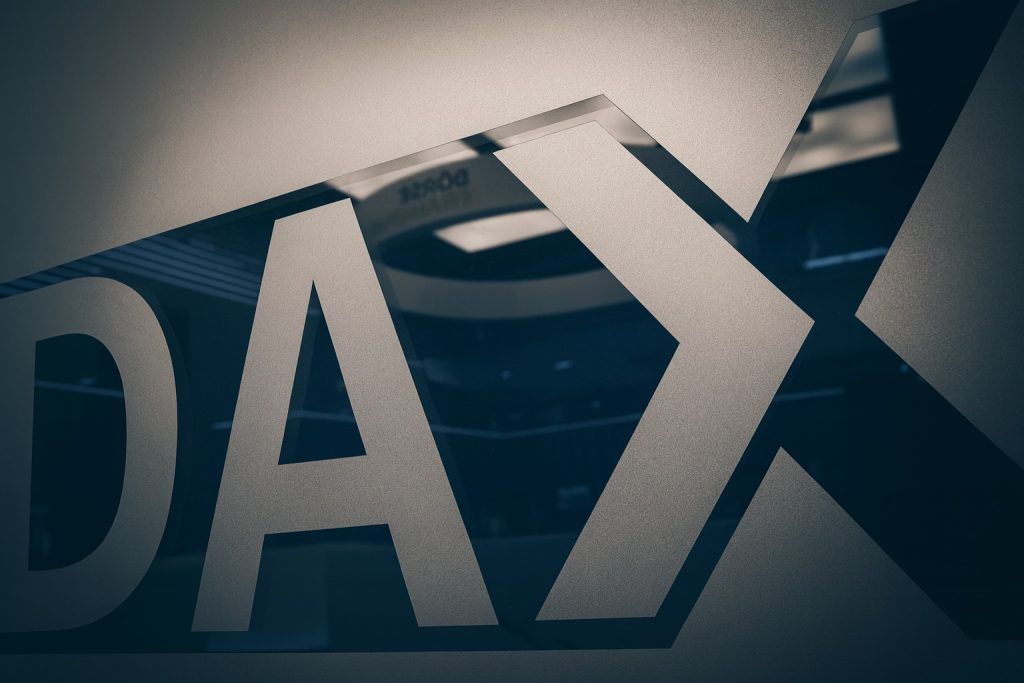This newsroom-style brief highlights fast-moving catalysts published on November 6, 2025 (and late last night) that may justify trimming or exiting positions. It is not financial advice.
Quick take (tickers & catalysts)
- ELF (e.l.f. Beauty) — Cut FY26 outlook; tariff hit; sales miss. Shares sank ~20–26% after results. [1]
- DUOL (Duolingo) — Q4 bookings guidance below Street; stock off ~20% post‑earnings. [2]
- DASH (DoorDash) — EPS miss and bigger 2026 spend; sell-off ~9%+ on the guidance path. [3]
- SMCI (Super Micro Computer) — Missed revenue/EPS on delivery delays; margin worries resurface. [4]
- META (Meta Platforms) — Worst four‑day slide since 2022 (-~17%) amid capex angst—momentum unwind risk. [5]
- PLTR (Palantir) — Strong outlook, but frothy valuation; shares slid as broader leaders warned of a pullback. [6]
- AAL / DAL / UAL (Airlines basket) — FAA to cut flight capacity by 10% across 40 markets starting Friday; bookings already softening. [7]
- HOOD (Robinhood) — Big beats, but “sell‑the‑news” risk after a ~280% YTD run and some KPIs a touch light vs. estimates. [8]
Why these are today’s most interesting sells
1) e.l.f. Beauty (ELF): Guidance haircut + tariff drag
e.l.f. shocked the tape with a disappointing FY26 outlook, citing elevated tariff costs (the firm produces the bulk of its products in China), a quarterly sales miss, and softer demand in parts of mass beauty. Management also flagged margin pressure. Shares dropped roughly 20–26% in late trading and into this morning. For near‑term holders, that combination of lower guide + external cost headwind argues for cutting risk. [9]
What could go right? Brand momentum and market‑share gains could reassert if supply-chain and tariff pressures ease. But today’s inflection is negative.
2) Duolingo (DUOL): Bookings wobble overwhelms the beats
Q3 revenue and subs beat, yet Q4 bookings guidance ($329.5–$335.5M) missed the Street (≈$343.6M). The stock fell ~20% as investors refocused on growth durability after a big run. With a premium multiple, a bookings miss can reset expectations—a classic “sell on guide” setup. [10]
What could go right? AI features are monetizing, but the market needs proof that bookings re‑accelerate.
3) DoorDash (DASH): Spending cycle returns—before margin math catches up
DoorDash beat on revenue but missed on profit and outlined heavier 2026 investments, rattling holders who’ve been rewarding operating leverage. Shares slid ~9%+ as investors modeled thinner near‑term margins despite robust order flow and upbeat GMV talk. Near term, this is a valuation vs. earnings‑power debate that often favors taking chips off the table. [11]
What could go right? If incremental spend yields sustained share gains across grocery/last‑mile, the payoff could show in 2H26—just not today.
4) Super Micro Computer (SMCI): Delay now, growth later—street sells the “now”
SMCI missed on revenue and EPS as a big customer’s GPU rack design changes pushed roughly $1.5B of expected revenue out of the prior quarter. Even with a strong next‑quarter guide, the market focused on delivery friction and margins, sending shares lower. When growth stories pause, they’re vulnerable; trim risk until execution steadies. [12]
What could go right? If the pushed deals land cleanly and margins stabilize, bulls will be back—timing is the question.
5) Meta (META): Four‑day downdraft and capex fatigue
Meta just logged its worst four‑day run since Nov 2022 (roughly -17%, $300B+ in market cap wiped), as investors balk at AI‑infrastructure capex reminiscent of the 2022 metaverse splurge. Big drawdowns often overshoot—but for tactical holders, this is a classic “don’t fight a momentum unwind” moment. [13]
What could go right? If capex translates quickly to AI ad‑targeting and product wins, sentiment can flip. Today, the sellers are in control.
6) Palantir (PLTR): Great story, tough set‑up
Palantir keeps raising guidance on AI demand, yet the stock slipped as valuation risk returned with broader warnings about a market pullback. Richly priced AI leaders are most exposed when sentiment cools—trim into strength. [14]
What could go right? Government and commercial AI pipelines are real; the question is how much is already in the price.
7) Airlines (AAL, DAL, UAL—and peers): FAA’s 10% capacity cut is a real revenue headwind
The FAA will reduce flight capacity by 10% across 40 major U.S. markets starting Friday, a direct response to the ongoing government shutdown and staffing strain. Trade groups are already seeing booking softness. That’s a near‑term hit to load factors and revenue—enough reason to cut exposure or hedge the group tactically. [15]
What could go right? A shutdown resolution would ease the pressure. Until then, schedule cuts weigh.
8) Robinhood (HOOD): “Sell the news” after a monster year
Robinhood doubled revenue and beat EPS, but shares wobbled as transaction/crypto line items modestly trailed some forecasts. After a ~280% YTD climb, the bar is sky‑high; even strong prints can lead to digestion. Traders often fade that first relief pop. [16]
What could go right? If elevated trading activity persists and new businesses keep scaling, dips may not last. But the 2025 run‑up argues for discipline.
Methodology (for Google News/Discover)
We screened same‑day headlines (Nov 6, 2025) across real‑time wires and market liveblogs, then prioritized actionable catalysts—earnings misses/cuts, spend/guidance pivots, and policy shocks—that historically precede near‑term underperformance. Sources include Reuters, AP, Barron’s, MarketWatch, Bloomberg and Yahoo Finance (citations embedded throughout). [17]
How to execute a disciplined exit (tactical checklist)
- Scale out on intraday strength (avoid panic at the lows); use limit orders.
- Define invalidation: if the company reverses guidance or policy headwinds clear (e.g., FAA capacity restored), be ready to re‑enter. [18]
- Hedge the theme: If trimming AI or consumer names, consider index puts rather than single‑name shorts to cap risk (note: options carry unique risks).
- Document your thesis: write down the catalyst you’re selling on; if it changes, reassess—don’t anchor.
Important
This article is for information and education only. It is not investment advice or a solicitation to buy/sell any security. Markets move quickly; verify prices before trading.
References
1. www.reuters.com, 2. www.reuters.com, 3. www.reuters.com, 4. www.reuters.com, 5. www.bloomberg.com, 6. www.reuters.com, 7. apnews.com, 8. www.barrons.com, 9. www.reuters.com, 10. www.reuters.com, 11. www.reuters.com, 12. www.reuters.com, 13. www.bloomberg.com, 14. www.reuters.com, 15. apnews.com, 16. www.barrons.com, 17. www.reuters.com, 18. apnews.com





